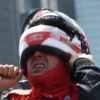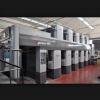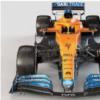engel made an interesting point.
If dirty air was a panacea then nobody would ever catch up to the driver ahead on the road
Just some questions that the discussion prompted in my mind and to get the topic started.
Firstly dirty air seems to have less of an effect the faster the car behind is. Why?
Secondly the effect of dirty air increases in intensity the closer the car behind is. Why?
Thirdly what is the range of dirty air?
Fourthly are all cars affected the same? For example If the car behind is identical, and so has identical characteristics, are they affected more then a car not identical?
Fifthly what is the effect of turbolent air on a car running at identical pace behind, and when does such an effect end?
While of course the discussion is open to everyone, and opinions are always welcome, if anyone is able to provide any technical information, links to F1teams take on the situation ect then that would be extremely helpful.























